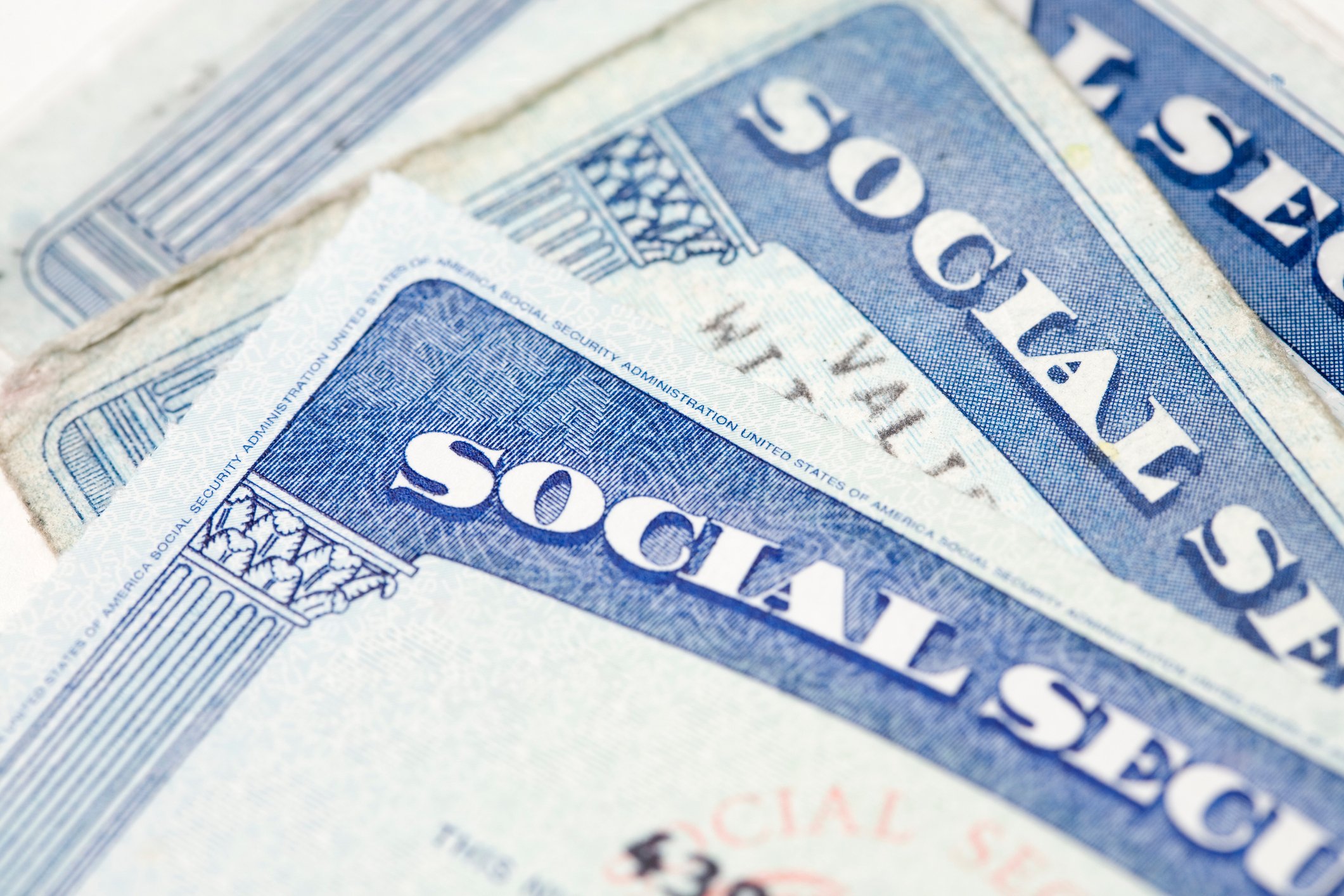A 401(k) is most Americans' first choice for a retirement account. It can automate their savings, the contribution limits are high, and their employers may match some of their contributions. But not everyone has the opportunity to contribute to one of these accounts.
An IRA is a good alternative if a 401(k) isn't an option because anyone can open and contribute to one as long as they earn some income during the year. But how much can you really save with an IRA? And what if you max yours out? Let's take a closer look.

Image source: Getty Images.
How much can you actually save with an IRA?
IRA contribution limits are much lower than 401(k) contribution limits. You can contribute up to $19,000 to a 401(k) in 2019 ($25,000 if you're 50 or older), while you can only contribute $6,000 to an IRA this year ($7,000 if you're 50 and up). These limits apply to all your IRAs, not to each one individually, and they can change from year to year. You must be careful to never exceed them or you'll pay a 6% penalty on the excess every year until it's taken out.
The lower contribution limits shouldn't be a constraint unless you planned to contribute a large sum to your retirement account this year, in which case you should explore some of the alternative savings vehicles I outline below. But for now, let's consider how much you could potentially save if you contributed the maximum $6,000 to your IRA this year.
A single $6,000 contribution would be worth over $45,000 after 30 years, assuming a 7% annual rate of return. And if you contributed $6,000 to your retirement account every year for 30 years, you'd end up with about $567,000 with a 7% annual rate of return. Is that enough to retire on? Probably not for most people. But you also have to keep in mind that you'll receive some money from Social Security to supplement your personal savings. Plus, the IRA contribution limits will likely rise over time, so if you increase your contributions accordingly, you could end up with even more money.
If you're unsure whether an IRA is all you need, create a detailed retirement plan to estimate what you must save. Subtract your planned retirement age from your estimated life expectancy. Then, multiply your average annual living expenses in retirement by the number of years of your retirement, adding 3% annually for inflation. A retirement calculator can do this math for you and factor in your estimated investment rate of return. Use 5% to 6% to be conservative.
Your calculator should tell you how much you need to save overall and per month to have enough. Subtract from this the amount you expect from Social Security, which you can figure out by creating a my Social Security account, to figure out how much you need to save on your own. Multiply your monthly savings goal by 12, and if that amount exceeds $6,000 (or $7,000 if you're 50 or older), you'll need to save money elsewhere, in addition to your IRA, to have enough for retirement.
What if I've already maxed out my IRA for the year?
If you cannot contribute any more to your IRA this year and you don't have a 401(k), your next-best option is a health savings account (HSA) if you qualify for one. You're eligible if you have a high-deductible health insurance plan -- one that charges a deductible of $1,350 or more for an individual or $2,700 or more for a family in 2019. Individuals may contribute up to $3,500 to an HSA in 2019 while families can contribute up to $7,000. Adults 55 and older are allowed an extra $1,000 in catch-up contributions.
The money you contribute to an HSA reduces your taxable income this year, like contributions to traditional IRAs. And if you use the money for a medical or dental expense, you won't pay taxes on it at all. What makes HSAs so great is that you don't lose the money if you don't spend it within a certain time frame, like flexible spending accounts (FSAs). And once you turn 65, you can use the money for non-medical expenses as well, though you'll have to pay income tax. You can use the money for non-medical expenses before you're 65, too, but then you'll pay a 20% penalty on top of income tax, so it's not worth it.
Another option is to stash your savings in a taxable brokerage account. These aren't retirement accounts so they don't offer the same tax benefits as an IRA or a 401(k), but they can still help you save some money while growing your savings. Assets you've held for longer than one year are subject to capital gains tax instead of income tax. An in-depth discussion of capital gains tax is beyond the scope of this article, but here's a detailed guide if you want to know more. These tax brackets are almost always lower than income tax brackets, so you'll lose a smaller percentage of your earnings to the government than you would if you had to pay income tax on that money.
Self-employed workers should consider opening up a simplified employee pension IRA (SEP-IRA). These accounts work just like traditional IRAs, except you're allowed to contribute up to the lesser of 20% of your net income or $56,000 in 2019. But this may not be your best option if you have employees because these accounts require you to make contributions to qualifying employees' IRAs as well.
If you start early and save diligently, it may be possible to save enough money for retirement with an IRA alone. But if this isn't possible for you, there are several other types of accounts you can fall back on. Understanding these options can help you make smarter choices about where to put your money so you can save more efficiently.





